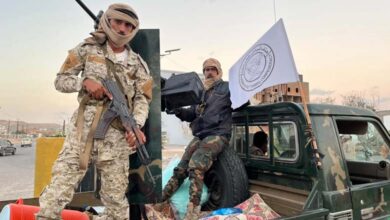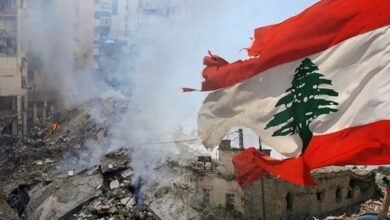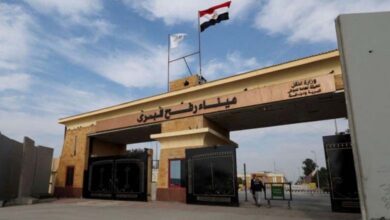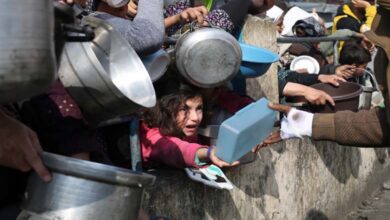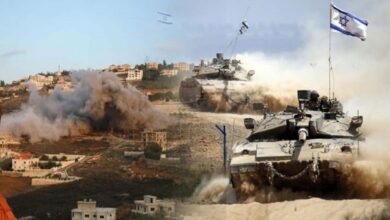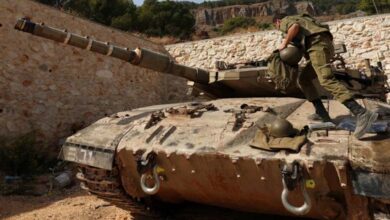“More Precious than Gold”: Donkeys, a Lifeline for Gaza Residents
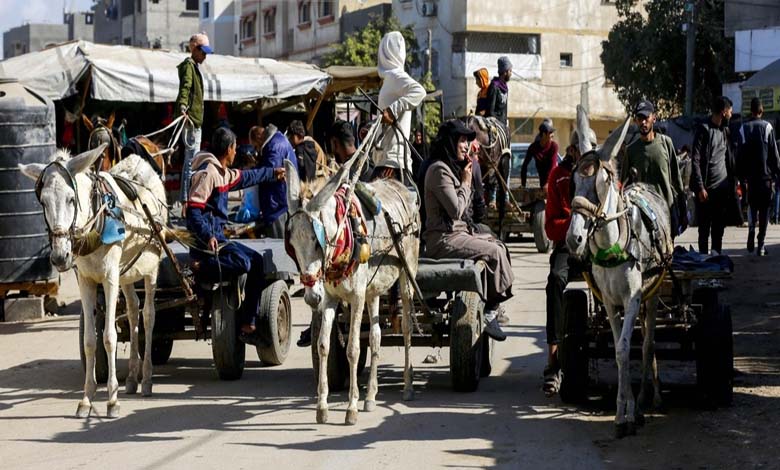
Palestinian Amina relies on her donkey, pulling a cart, to make a living and feed her family. This form of transport has become nearly the only option available for Gaza residents amid the ongoing war.
-
Gaza: Negotiations for a 42-Day Ceasefire
-
Israel Plans to Use an American Security Firm to Distribute Aid in Gaza
Holding the bridle in one hand and a rubber stick in the other, Amina Abu Maghsib, a resident of Deir al-Balah in central Gaza, explains, “Before the war, I sold milk and yogurt. The factory used to collect the milk from me. Now, I have no income other than the donkey and the cart.”
Donkey- or horse-drawn carts were already common in some areas of Gaza before the conflict. However, the fuel shortage and extensive destruction caused by the war have rendered donkeys almost the sole means of transportation.
The carts are made of wooden planks fixed together with a metal frame, mounted on four wheels or sometimes on two rubber tires.
-
“Endless Wars” for Power: What Netanyahu Wants from Gaza and Lebanon
-
Gaza War Haunts Israeli Fans in France: Clashes and Protests
In these dire circumstances, donkeys are used to earn a livelihood or as public transport, helping people escape death when the fighting intensifies.
Marwa Yassin, speaking to AFP, shares, “I pay 20 shekels (about $5.20) to use the cart that takes me from Deir al-Balah to neighboring Nuseirat.” Although she finds the fare steep, she acknowledges, “In these tough conditions, everything seems reasonable.”
Yassin, a teacher and mother of three, adds, “At the start of the war, I was embarrassed to ride a donkey cart. Now, there’s no other choice.”
-
Gaza and Lebanon face the specter of death and famine… UN warnings and a deep humanitarian crisis
-
“To Avoid U.S. Sanctions”: Israel Announces Expansion of Humanitarian Zone in Gaza
Rising Feed Costs
According to the United Nations Food and Agriculture Organization (FAO), 43% of Gaza’s working animals, including donkeys, horses, and mules, had perished by August. Only about 2,600 remain.
Amina Abu Maghsib purchased her donkey for 2,500 shekels (approximately €650) but also faces the rising cost of feed, much like the increasingly scarce food supplies in Gaza.
She earns around 20 shekels daily from customers using her cart for transport. “I bought this donkey on credit. My first donkey died in the war at Deir al-Balah after being hit by shrapnel,” she recounts.
A Crucial Resource
Abdel Msebbah, 32, displaced with his 20-member family from Gaza City to the southern part of the territory, also relies on his donkey for his livelihood. “Before the war, I sold vegetables using a cart. Now, I do deliveries,” he says. But he laments, “My donkey panics when Israeli shelling gets too close.”
Despite this, he ensures his donkey is well-fed, even as the price of barley skyrockets from three shekels to 50 shekels per sack.
“More Precious than Gold”
Since the war erupted in October 2023 following an unprecedented Hamas attack on Israel, the latter has tightened its longstanding blockade on Gaza, further complicating the distribution of aid and goods.
-
Under a Tight Siege, Israel Expands Its Attack in Northern Gaza amid Reports of Hamas Activity
-
Transferring Her Body, He Did Not Know It Was His Mother… The Story of a Palestinian Paramedic in Gaza
Alongside continuous fighting, the 2.4 million residents of Gaza face severe shortages of fuel, food, and medicine.
A recent United Nations report warns of looming famine in northern Gaza, while UNRWA, the UN agency for Palestinian refugees, reports that aid entering the territory has hit its lowest levels in months.
In this context, 23-year-old Youssef Mohammed, displaced from northern Gaza to Khan Younis in the south, describes his donkey as a “lifeline” for his family. “When the war began, car transport fees were exorbitant. I had no choice but to rely on my donkey. Thank God I had it when we were forced to evacuate,” he says.
-
“The Forest of Noise”: When Painful Memories Tell the Ruins of Gaza
-
Image from Gaza: The “Bare Bodies” Weapon Distresses Northern Residents
Donkey carts are also used to transport the injured or deceased in a conflict that has claimed over 44,200 lives in Gaza.
Seventy-year-old Muhammad Abu Alyan from Khan Younis states that the donkey has become “the only means to save lives, transport the wounded, and deliver food and medicine.”
For 62-year-old Hassani Abu Warda, whose home was destroyed by Israeli bombing in Jabalia, northern Gaza, the cart was a means of escape. After waiting 14 hours, he was able to transport his elderly mother, children, and 20 grandchildren using a donkey cart. “The donkey has become more precious than gold,” he concludes.
-
Latest News from Gaza Now… Humanitarian Catastrophe and UN Cries in the North
-
UN Fears the Gaza and Lebanon Wars Spreading to Syria


